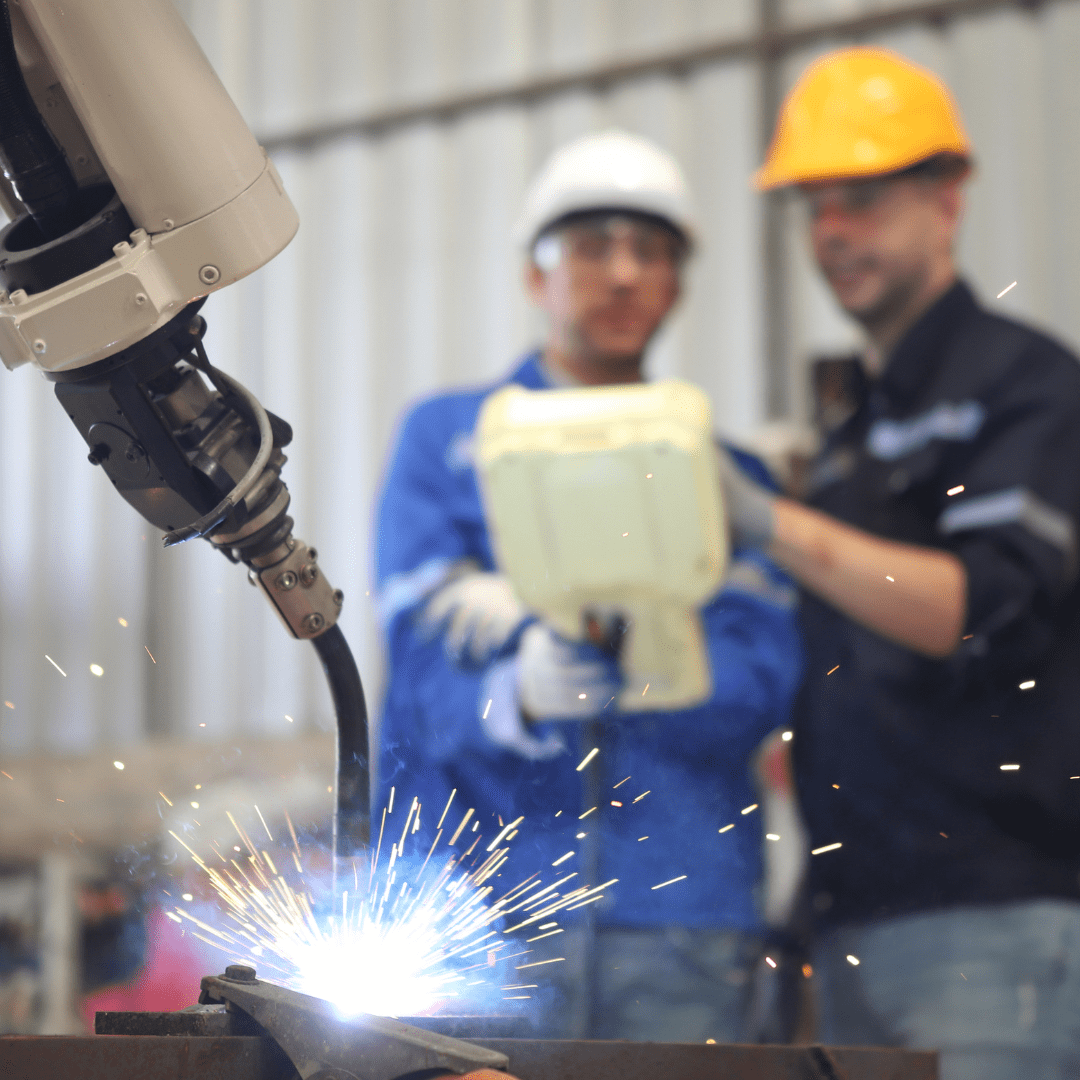Welding has long been an essential part of industries such as construction, automotive, and manufacturing. As technology continues to evolve, so too does the welding industry. Emerging trends and advancements in welding technology are driving greater efficiency, safety, and precision, helping businesses meet the demands of modern projects. The future of welding looks bright, with innovations that promise to transform the way welding operations are conducted.
1. Automation and Robotics in Welding
Automation has been one of the most significant advancements in the welding industry. Automated welding systems and robotic arms are increasing productivity by reducing the time needed for complex welds. Robots can perform repetitive tasks with high precision and consistency, minimizing human error and improving weld quality. These technologies also allow for greater flexibility in manufacturing processes, enabling businesses to respond quickly to changing demands. The future will see even more advanced robotic systems capable of performing highly detailed and complex welding tasks, leading to even greater efficiency and quality.
2. Advanced Welding Materials and Techniques
The welding industry is also experiencing the introduction of new materials and techniques designed to improve weld strength and durability. For example, advanced welding alloys, composites, and coatings are allowing welders to tackle more demanding applications. Laser welding, for instance, offers precise control over heat and a more concentrated welding beam, leading to cleaner, more reliable welds. Other methods like friction stir welding (FSW) are pushing the boundaries of what’s possible in terms of joining materials that were once difficult to weld, such as aluminum and high-strength steels.
3. 3D Printing and Additive Manufacturing
3D printing is beginning to play an important role in the welding industry by enabling the rapid production of complex, customized welding parts. Using additive manufacturing techniques, companies can create highly intricate components with minimal material waste. This shift allows for faster prototyping and production, as well as the ability to create parts that are specifically tailored to unique project requirements. In the future, 3D printing will continue to evolve, potentially revolutionizing the way welding equipment and accessories are manufactured and tailored for specific applications.
4. Integration of Artificial Intelligence (AI) and Machine Learning
Artificial intelligence (AI) and machine learning are beginning to make their way into welding technologies, bringing increased precision and smarter decision-making capabilities to the process. AI-driven systems can monitor welding parameters in real time, providing feedback that helps adjust variables such as gas flow, welding speed, and heat control. This technology is capable of predicting issues before they arise, improving weld quality and reducing the chances of defects. The integration of AI also allows for greater automation, helping to further streamline operations and reduce human error.
5. The Rise of Eco-Friendly Welding Practices
Sustainability is becoming a driving force in many industries, and welding is no exception. As environmental concerns rise, there is a push toward reducing energy consumption and minimizing harmful emissions in welding processes. Eco-friendly welding techniques such as low-heat welding, environmentally conscious filler materials, and the development of energy-efficient welding equipment are becoming more prevalent. Manufacturers are also seeking ways to reduce waste and recycle welding materials, helping to meet global sustainability goals while maintaining high-performance standards.
6. MILLENIUM Welding & Cutting Equipments: Innovating for the Future
At MILLENIUM Welding & Cutting Equipments, we stay ahead of the curve by embracing emerging trends and technologies. Our products are designed with innovation, precision, and safety in mind, ensuring that our customers can rely on the best tools for the most demanding welding applications. From advanced gas welding torches to reliable regulators and accessories, we offer solutions that integrate the latest technological advancements to meet the needs of the evolving welding industry. By investing in cutting-edge equipment, our customers can stay competitive and ensure the success of their projects in the future.
Conclusion
The future of welding is full of exciting possibilities, from automated welding systems to the integration of AI and 3D printing. As the industry continues to advance, businesses must adapt to these emerging technologies to stay competitive. At MILLENIUM Welding & Cutting Equipments, we are committed to providing the highest quality tools and equipment that incorporate the latest innovations, ensuring that our customers can continue to perform at the highest level. With the right tools and technologies, the future of welding promises greater efficiency, safety, and precision in every project.

